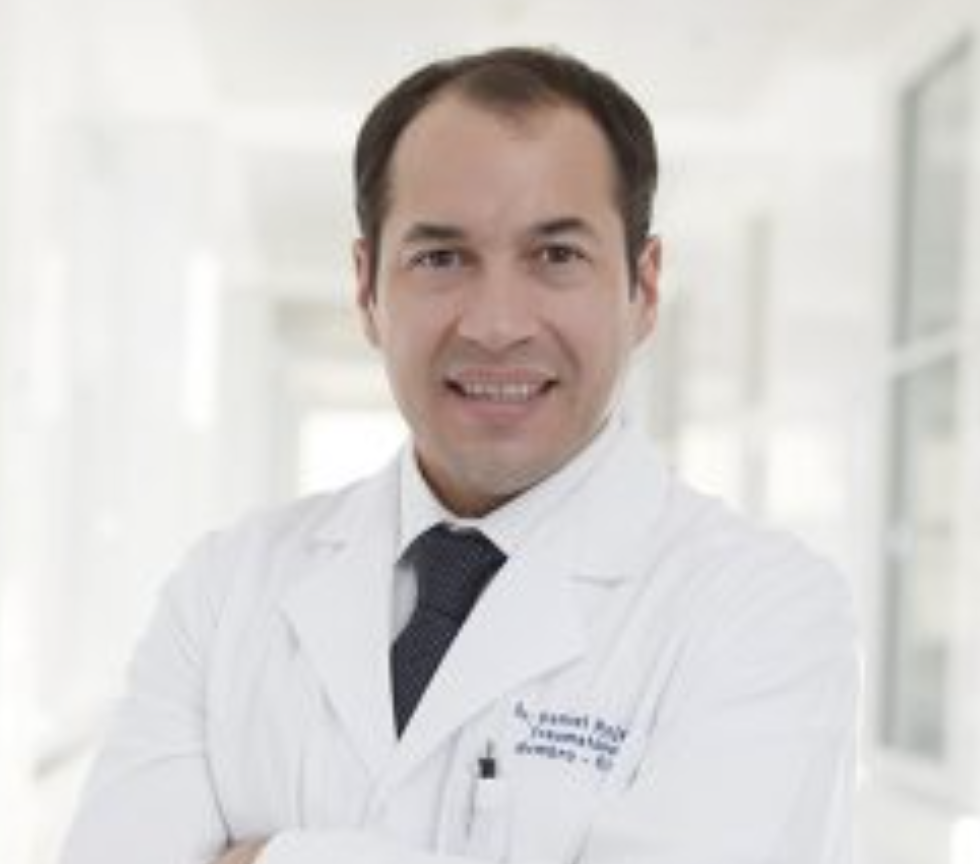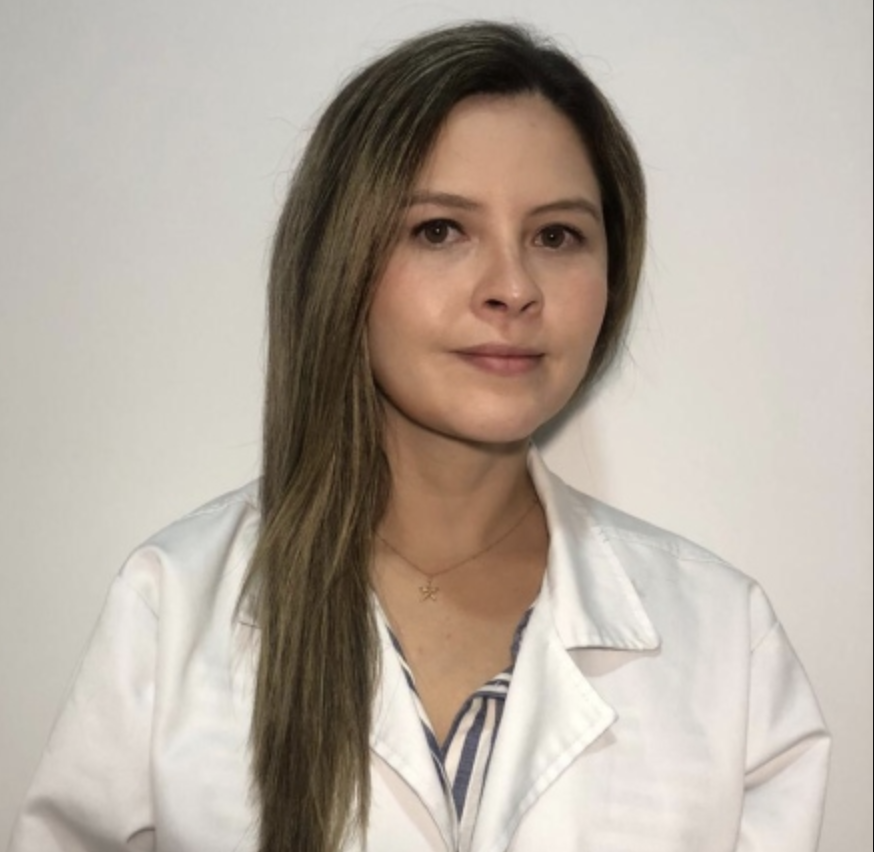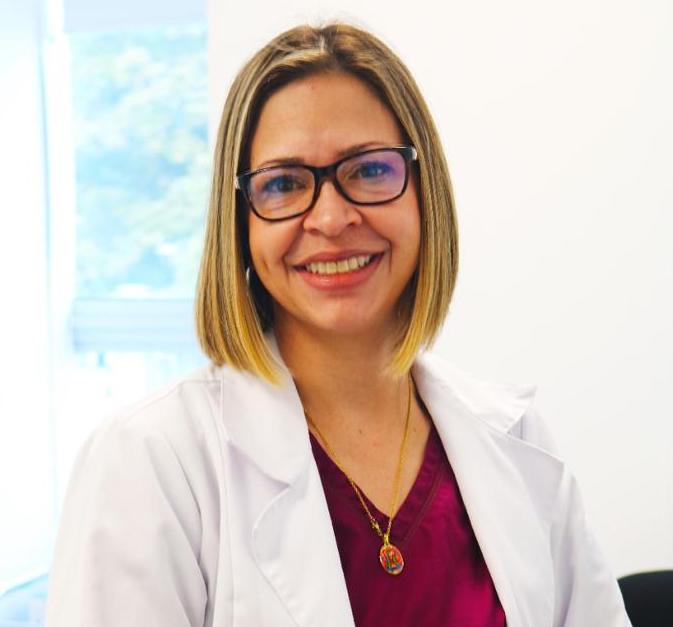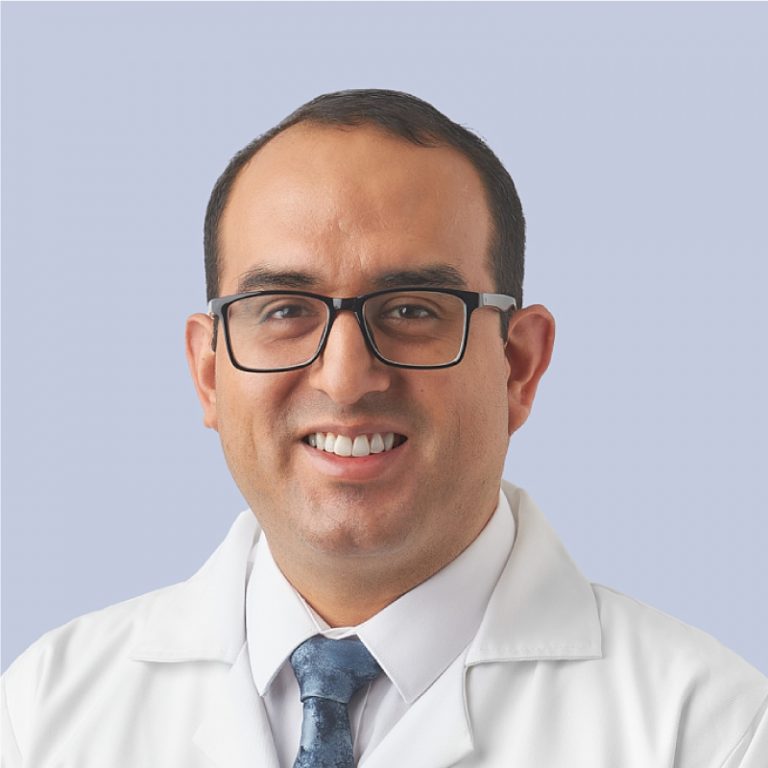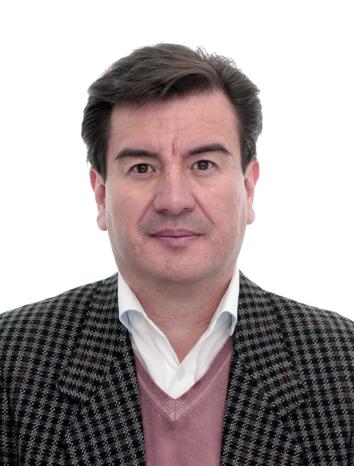Description
Objectives: To create a practice guideline on First-Time Traumatic Anterior Shoulder Dislocations in Young Patients.
Methods: The formal consensus method described by the Haute Autorité de Santé (HAS) was used. The Latin American Society of Arthroscopy, Articular Replacement, and Sports Injuries recruited three groups of shoulder experts. Initially, the steering group, consisting of eight surgeons, performed a systematic literature review and elaborated on 256 scenarios divided into four chapters (diagnostic tools, initiative conservative treatment, selection of nonoperative versus operative treatment, and selection of surgical technique). The rating group, composed of 32 shoulder surgeons, rated each scenario in two rounds, with an in-between in-person meeting for discussion. During the meeting, the matrix of chapter three was modified, and conversely, chapter four also received suggestions. Median scores and agreement levels were estimated to classify each scenario, action, or diagnostic tool as inappropriate (1-3), uncertain (4-6), or appropriate (7-9).
Results: In chapter one. When a patient arrives at the emergency room, before reducing maneuvers, the experts suggest taking an anteroposterior and scapular Y view x-ray and assessing axillary nerve damage with relative agreement. At the first outpatient consultation, it was suggested, with a relative agreement, to complete the X-ray shoulder trauma series. Next, it was proposed that an MRI and a CT scan be requested without contrast. In chapter two, the preferred maneuver for the experts was the Traction-Countertraction method, followed by the Kocher maneuver. The least appropriate option was the Hippocratic and External rotation maneuver. Lastly, IV sedation was preferred as an anesthesia technique. The preferred length of immobilization after reduction was 1 to 3 weeks in internal rotation with relative agreement. In chapter three, Experts found variables such as glenoid bone lesions, contact sports, and age-appropriate for surgical treatment with a strong agreement; also, high-risk activity, Hill Sachs lesion, apprehension, hyperlaxity, and sex appropriate with relative agreement. Dominance was found irrelevant. These variables were combined in a modified chart of this chapter currently in the rating process. Then, the clinical scenarios rated as appropriate for surgical treatment will be added to the new chart of chapter four. In the first version of the scenarios of chapter four, the Latarjet procedure was found appropriate in all scenarios when the glenoid bone was above 13.5%. Bankart plus reemplisage procedure and Latarjet when the glenoid bone lesion is below this threshold in off-track lesions. Finally, the Bankart procedure was appropriate for only capsule or labrum lesions and on-track lesions with minor glenoid bone lesions.
Conclusion: The appropriateness of managing first-time traumatic anterior shoulder dislocations in young patients was determined based on the highest quality evidence and expert consensus. This study, representing a consensus within the Latin American medical community, enhances clinical decision-making by providing a more informed approach to surgical intervention following an initial traumatic anterior shoulder dislocation depends on a combination of factors rather than a single variable.

